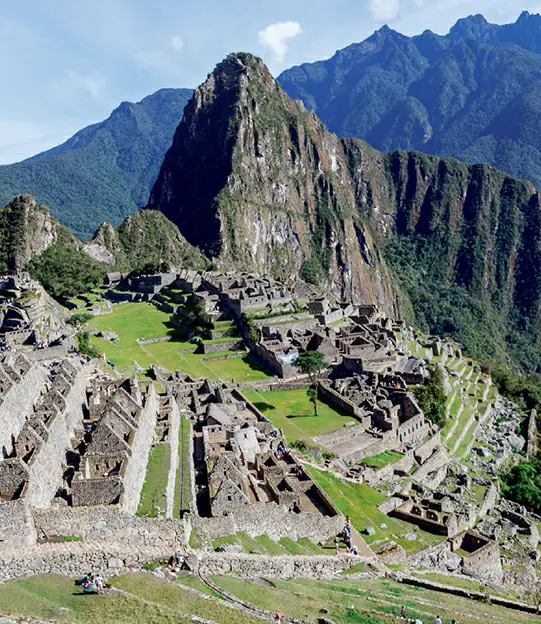Machu Picchu, a marvel of the Inca civilization, was brought to global attention by American explorer and academic Hiram Bingham. The Inca Empire, flourishing in the 15th and 16th centuries, extended across the Andes from Ecuador to Chile, showcasing advanced masonry, textile weaving, and agricultural techniques. Despite the destruction of many Inca sites following the Spanish conquest in the early 16th century, Machu Picchu remained hidden in the Peruvian mountains, near the ancient Incan capital of Cusco.
Rediscovered in the early 20th century, Machu Picchu was made famous by Bingham, a Latin American historian from Yale University. His expeditions, funded by the National Geographic Society, led him to Machu Picchu in 1911, where the site was overgrown by the jungle. Bingham’s subsequent clearing and restoration work, along with his popular book “The Lost City of the Incas,” played a pivotal role in introducing this archaeological gem to the world.
Modern research has revealed that Machu Picchu likely served as a royal retreat for the Inca elite, maintained by a staff dedicated to its care and the community’s sustenance. Ongoing studies aim to understand the site’s stone structures, and artifacts originally taken for research have been largely returned to Peru.

